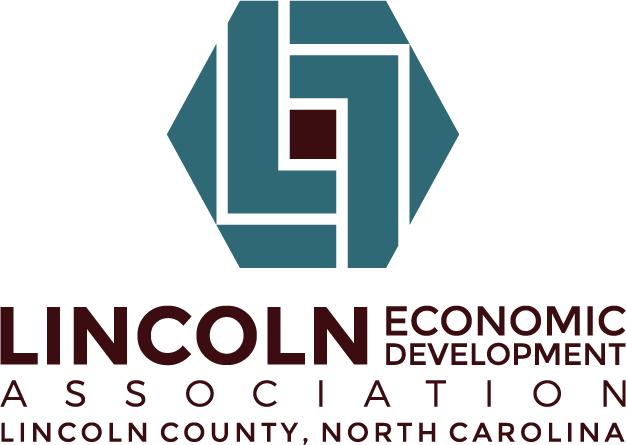Road to Recovery: U.S. 321
Economic developers in three counties west of Charlotte have visions of a multibillion-dollar manufacturing corridor that could become one of NC’s most desirable locations for industrial production. Industry seekers in three counties – Gaston, Lincoln and Catawba – want to combine their efforts to build the economic base of manufacturers along U.S. Highway 321 by aggressively promoting the corridor’s accessibility, labor pool and available sites. “This could be one of the most dynamic manufacturing corridors in the Southeast,” says Donny Hicks, director of the Gaston County Economic Development Commission. “We have all the ingredients here. If we can create a critical mass and an identity for it, it will have a lot of weight behind it,” he says. Barry Matherly, executive director of Lincoln Economic Development Association, can envision a Research Triangle Park of sorts for manufacturers along the limited-access, four-lane highway. “Where RTP is into research and development and pharmaceuticals, we’re targeting high-end traditional manufacturers,” he says. “If we’re able to recruit those types (of industries), the investment numbers could be in the billions.” David Cline, chairman of the Charlotte Regional Partnership, says a combination of resources make the U.S. 321 corridor one of the area’s best sites for industry. “They’ve got the land, the labor pool and a tradition of high-quality manufacturing, ” he says. “It is the right time and place, and it is the answer.” Dubbed “The Interconnector,” the corridor links Interstate 40 in Catawba County and Interstate 85 in Gaston County with a limited-access highway. The roadway also connects two metropolitan areas: Charlotte and Hickory. The counties’ developers have met informally to talk about ways to cooperate to bring industrial projects to the corridor and how to market the area to industry. The first visible step in that effort will be a $5,000, full-page advertisement in the N.C. Economic Development Guide in the October issue of Business North Carolina magazine. The Charlotte Regional Partnership will share the advertising bill with the three county agencies. Luquire George Andrews, a Charlotte advertising and public relations firm that does work for the partnership, is producing the ad. The widened and rerouted U.S. 321 was completed in 1998. Each of the three counties has already seen an uptick in interest in large industrial tracts along the highway, with a handful of manufacturers establishing new plants there. The three largest are: Cataler Corp., an automobile catalytic converter plant that’s scheduled to start production within three months, representing a $60 million investment and 90 jobs for Lincoln County. Pass & Seymour / Legrand, a $30 million project that began production of plastic electrical supplies in 1999. The operation in Gastonia Technology Park has quickly grown to 200 employees. Von Drehle Enterprises, a $7 million paper products facility in Maiden that Catawba County officials hope will grow to more than 100 employees. That plant began production this month with 60 jobs. Nevertheless, area economic developers want to be realistic: The number of manufacturing jobs around the nation and even locally is waning. The Charlotte metropolitan area has lost 22,000 manufacturing jobs in the past five years. And that follows a decline in which manufacturing as a share of the region’s total employment plummeted to 15.5% in December 2000, falling from 20.7% in December 1995, according to statistics by Demographics Daily, a sister publication of the Charlotte Business Journal. Still, manufacturing’s longstanding dominance in Gaston and Catawba counties – combines with the U.S. 321 corridor’s wealth of trained workers – offers considerable promise, the developers say. Each of the three counties has at least one relatively new business park targeting manufacturers. Gastonia Technology Park, adjacent to Gaston College, is designed specifically for that purpose, Hicks says. Distribution projects need not apply for tracts in that 340-acre park. Meanwhile, Catawba County is developing River Road Business Park, starting with 140 acres but with plans to expand the development eventually to 500 acres. The 450-acre Lincoln County Industrial Park has found a new life during the last two years, adding the Cataler project along with two other facilities representing a combined $15 million in investment. Meanwhile, the town of Newton has an option of 450 acres for a proposed Newton Corporate Center. “There will still be manufacturing projects around and the corridor will be a competitive area,” Hicks says.





